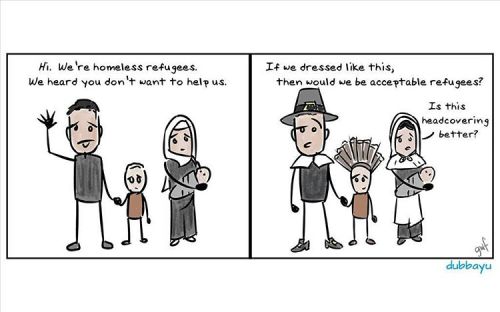If you are interested in these pictures, you can download them for free at my TPT site.
I print the comparisons of houses (interior/exterior), clothing, soldiers/militia, and other aspects of colonial vs. early settlement life and place them on large construction paper. Then the kids rotate around the room with their table groups, jotting down their thinking. Students do not talk during this activity, although, they can communicate through writing on the construction paper concerning someone else's thinking.
Nothing compares to a classroom of independently focused students *teacher heart happy*
What I really like about this activity is that the students are able to make connections between the 1600 and 1700s on their own. For example, instead of saying to them, "life improved for the settlers as more and more people came and they began to make bigger cities, import more goods, and create a stronger economy." Students are able to see that for themselves. Their thinking demonstrates this when they say things like:
I see that they have nicer clothes, more frills, etc.
The girls still wear dresses, but they are made out of a nicer material.
Their houses are made out of brick instead of wood and mud.
Soldiers have uniforms.
etc.
I also really like that these pictures can be hung up and utilized throughout the unit for students to refer to, particularly when they are drawing pictures of colonial life.

























































